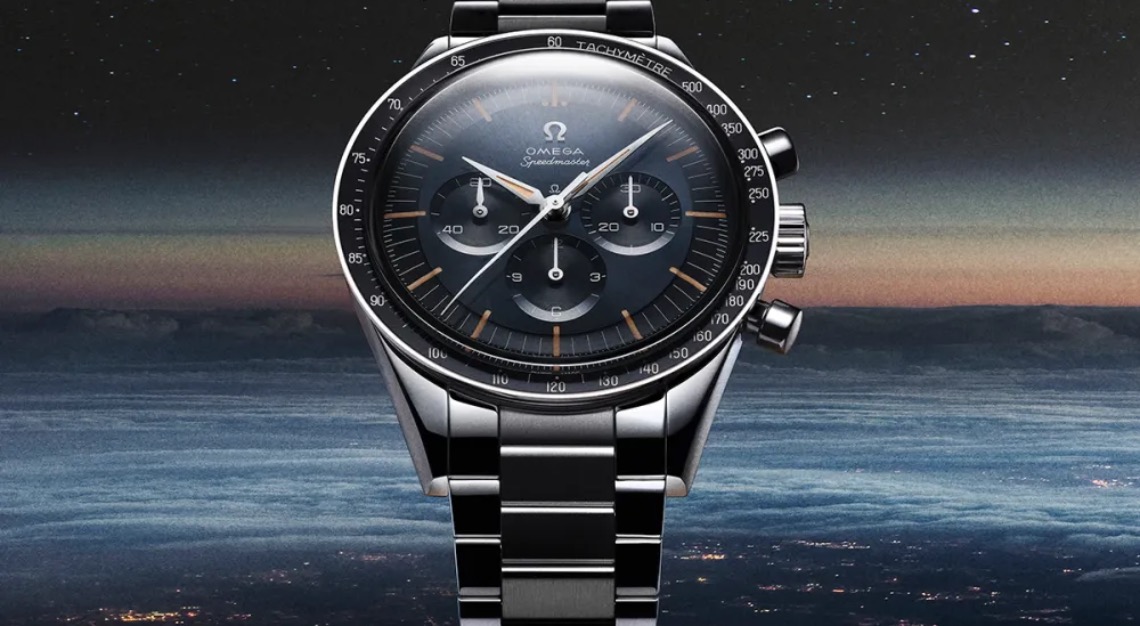How the world’s greatest motor racing stories inspired two of TAG Heuer’s most famous watches
Dive into the history of TAG Heuer’s Monaco and Carrera collections.
Amid the chaos, a bit of clarity. “There was never a script for the movie the whole way through,” recalled Derek Bell, stunt driver for the filming of the 1971 motor racing classic Le Mans. But one thing was never in doubt. The star of the show, Steve McQueen, was insistent on making “the ultimate racing movie”. To do so, the movie had to be, above all, uncompromisingly authentic.
McQueen demanded that everything had to be as realistic as they could be, from the daredevil racing sequences to the costumes and props worn by the cast. For the latter, this included watches, which in the motor racing realm are considered professional tools essential to gaining a competitive edge.
Legend has it that McQueen wanted to wear an Omega Speedmaster. However, after prop master Don Nunley pointed out to McQueen that his character’s race suit had a Heuer logo on it, the star chose the Heuer Monaco instead, a decision that altered the fortunes of the watch.
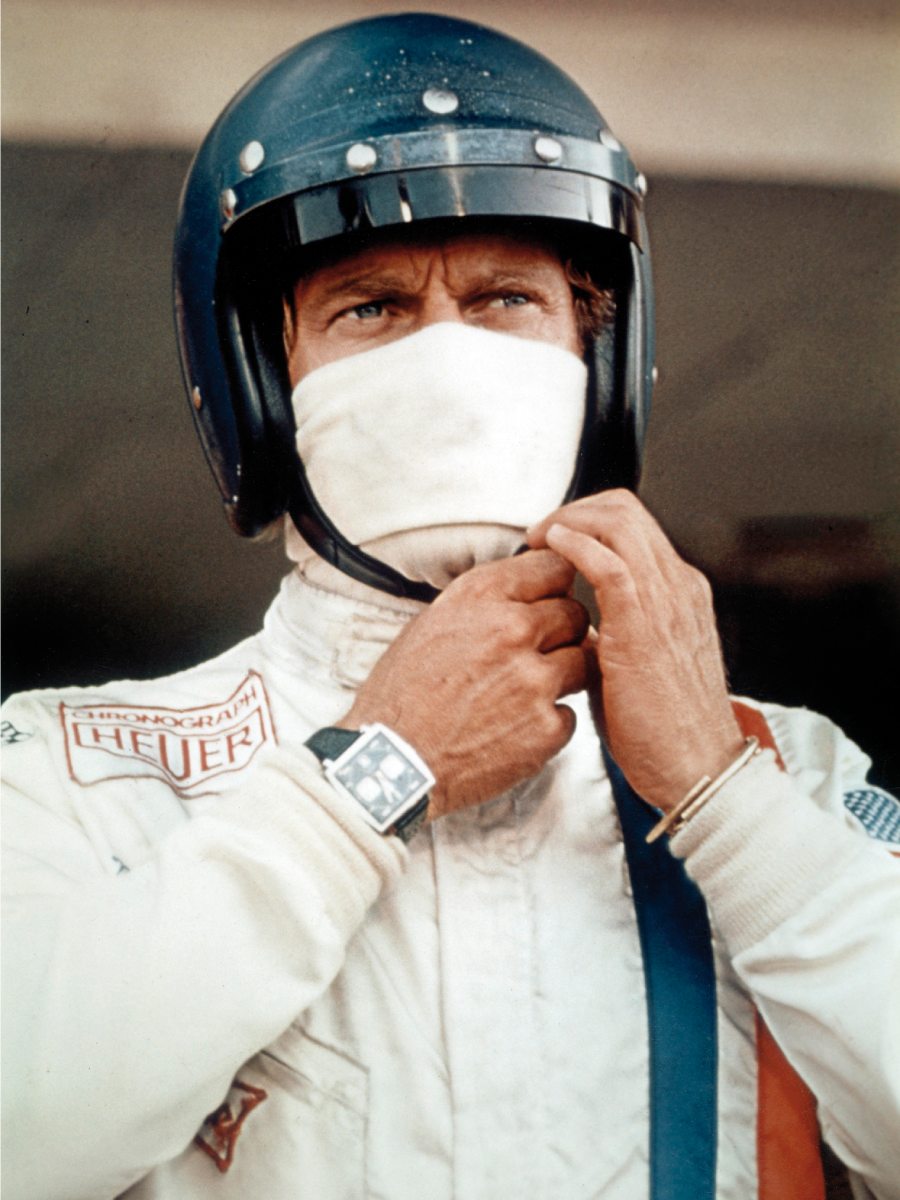
The square cased chronograph was actually introduced two years prior to the movie’s release. Though a forward-thinking timepiece—it featured the Calibre 11, the world’s first automatic chronograph movement, and its angular profile was unlike anything that came before—the Monaco’s success was relatively muted.
At first, the Monaco’s avant-garde appearance and mechanical innovations made waves only within horological circles. Suffice to say, its brief cameo in Le Mans changed everything. Worn by one of cinema’s biggest stars of the time, the image of the Monaco as a high-octane motor racing companion was seared in the minds of the audience, and propelled the watch into mainstream consciousness.
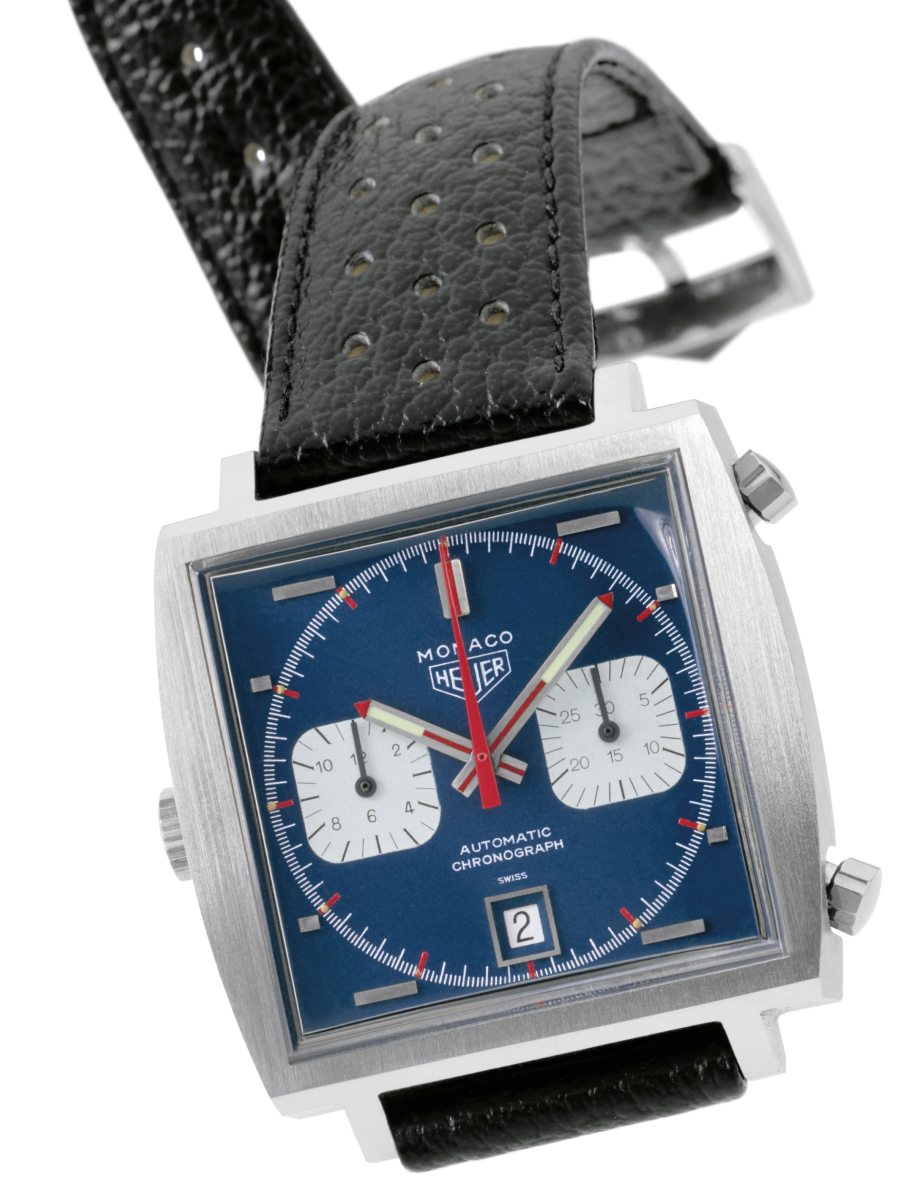
The watch company certainly took notice and, over the ensuing decades, cemented the Monaco as one of the most important models in its lineup. In 2020, the last of six Heuer Monacos that were made for the set of Le Mans—one of two watches owned by McQueen (the other four went to Nunley)—went under the hammer for over US$2.2 million at a Philipps in Association with Bacs & Russo auction, making it the most expensive Heuer watch ever sold.
Away from the vintage market, though, the Monaco is a bona fide icon that continues to push both technical and design boundaries. For instance, the Monaco Skeleton Chronograph with openworked dial from 2023 is the first-ever iteration of the watch that typically featured closed dials. Moreover, there are also the highly technical Monaco V4 editions, which feature race car engine-like belt-driven movements, as well as last year’s Monaco Bamford, created in collaboration with customisation house, Bamford Watch Department (BWD).
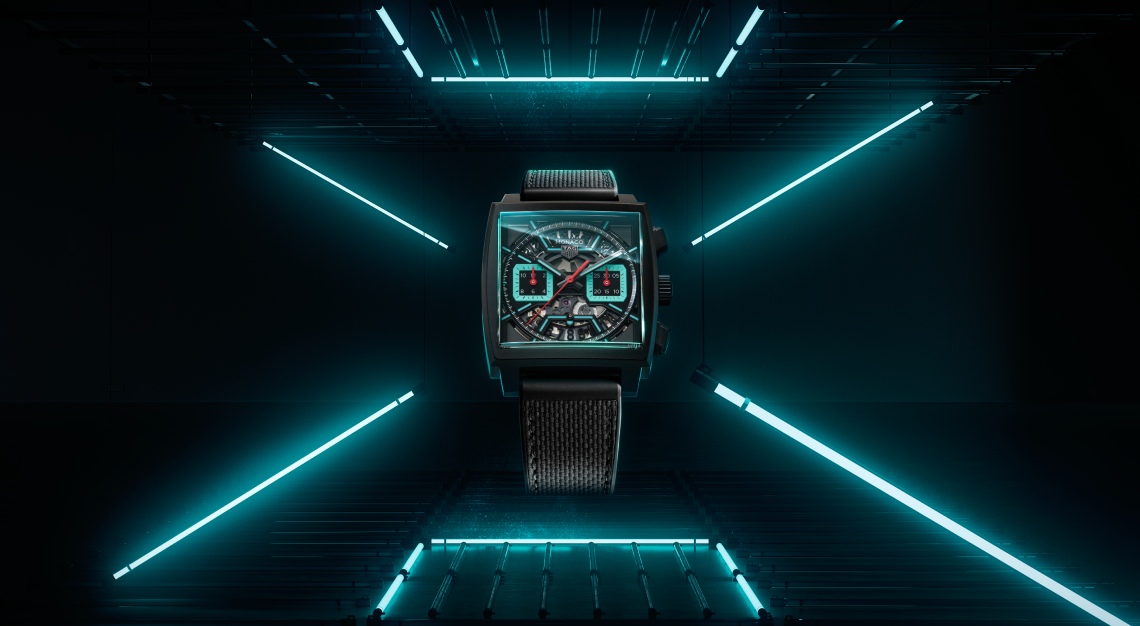
Carrera Cachet
Though more archetypal horologically in form and function compared to the Monaco, the Carrera was also conceived with the ethos of motor racing at its core. And like its younger sibling, the Carrera, which was introduced in 1963, has evolved to meet the demands of modern watch collectors.
Jack Heuer, great-grandson of the company’s namesake founder, who designed the Carrera, famously stated that he chose on the name before he began to work on the watch. “It means ‘race’ and it is perfect for our brand, which has always been tied to motorsports,” he said.
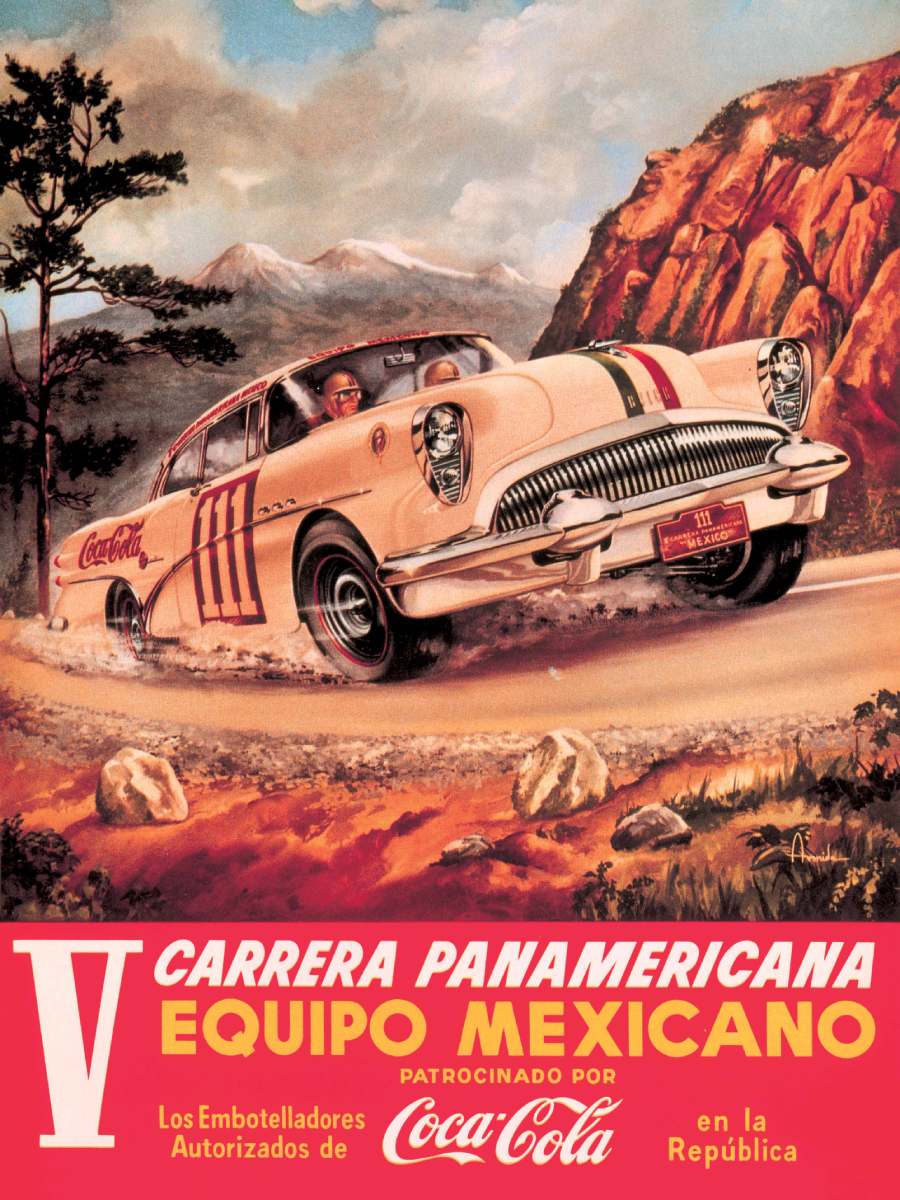
Jack had just attended the 12 Hours motorsport endurance race in Sebring, Florida, where Heuer was supplying pocket chronographs for the timing of the event. He recalled chatting with the parents of drivers Pedro and Ricardo Rodríguez, who reminisced about the Carrera Panamericana. A rally that ran only from 1950 and 1954, it was deemed as the world’s most dangerous after taking the lives of 27 drivers during its run. Jack, though, loved the story and the sound of its name. He registered ‘Heuer Carrera’ immediately and released the watch a year later.
From the start, Jack identified legibility and ease-of-use as the Carrera’s most important virtues. The very first Heuer Carrera ticked the boxes on the checklist with a clean two-counter chronograph layout that made it clear to read and fuss-free to operate. “I also put my knowledge of industrial design and refined the watch so it would be both sporty and elegant,” added Jack.
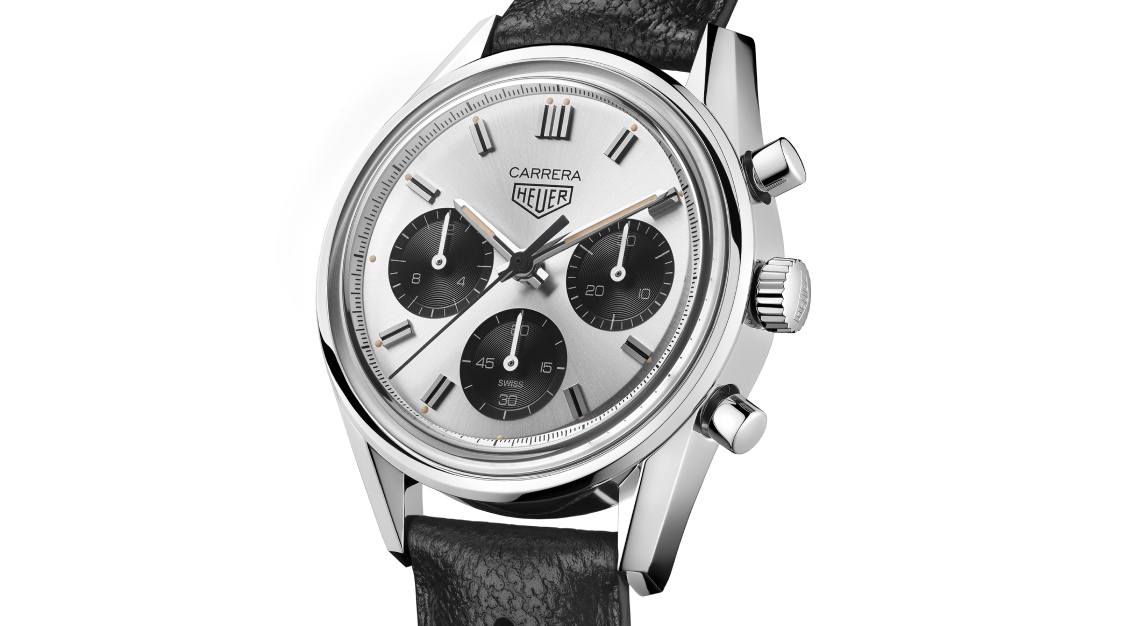
Celebrating its 60th anniversary last year, the Carrera, while demonstrating that it has come a long way, also shows that it hasn’t strayed too far from its roots. The Carrera Chronograph clad in full-yellow gold, for instance, unapologetically reflects the collection’s stature.
Inspired by the gold-clad Carrera watches that Heuer used to gift motor racing legends like Ronnie Peterson and Niki Lauda, the watch’s regal case and dial radiate gravitas and nostalgia, while maintaining the original’s silhouette and design. This year, TAG Heuer again turns back the clock with a version that recalls a 1968 model with a pared-down and asymmetrical dial layout featuring a date window on the left and a chronograph totaliser on the right.
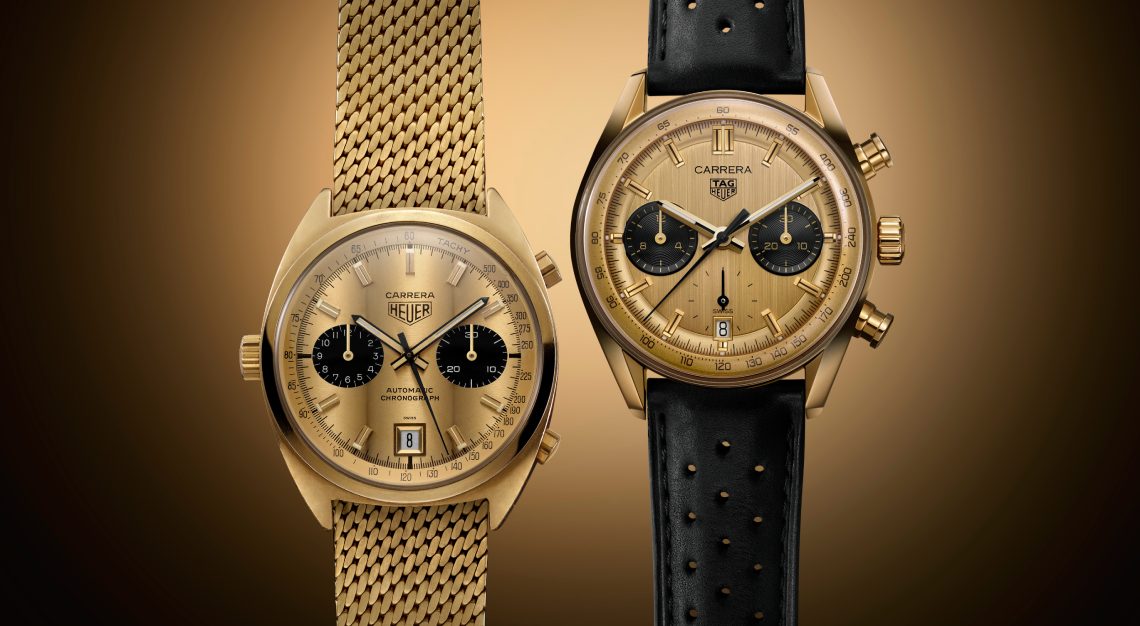
Jack, who had a special edition Carrera made in his honour for his 80th birthday, considers the watch his “proudest creation”. “It’s the brand’s flagship model,” he said. “The timeless style, as well as its bold and daring spirit, have been the keys to its longevity.”

